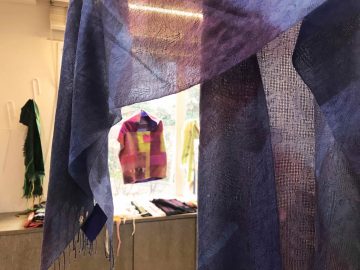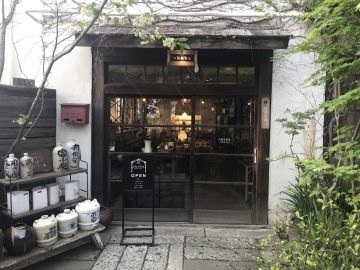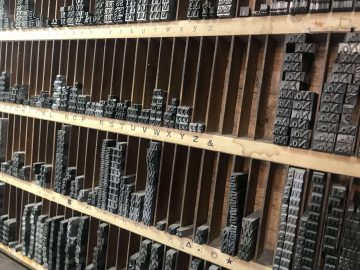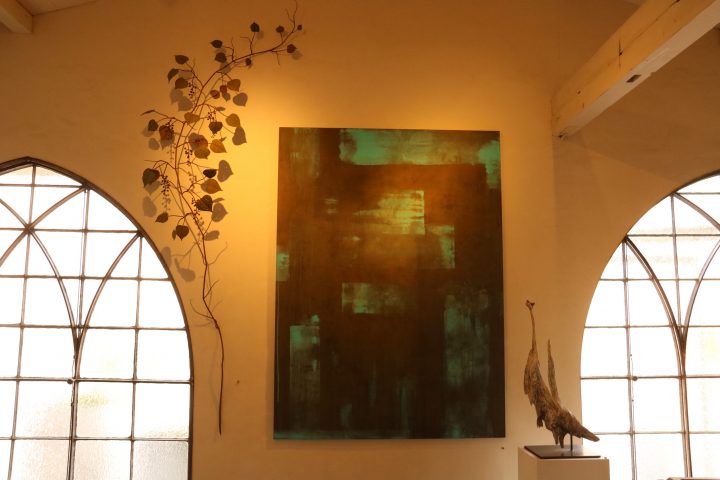Captivated by the serial one-shot column " " / Part 2 Captivated by Motoyuki Shitamichi's "Moving"
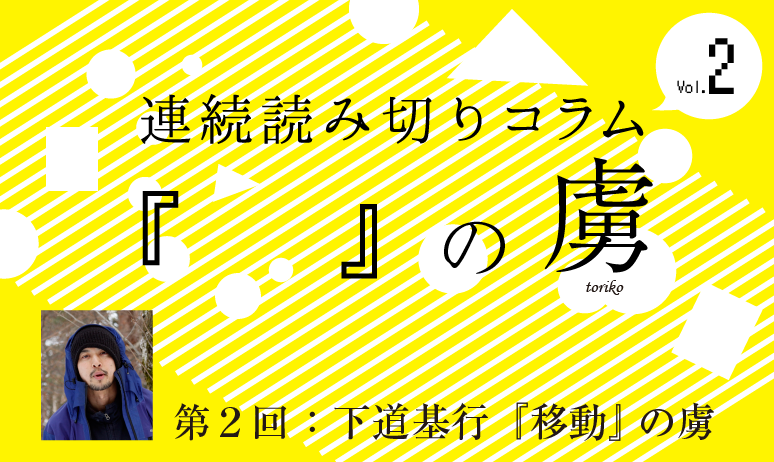
Captive of Movement
A few years ago, I moved my base to Aichi and stayed at my wife's parents' house. Until then, I was based in Tokyo, but my current activities and work involve a lot of traveling and stay-at-home projects.
When I only go home about a week a month, I start to wonder what the high monthly rent is being paid for.
If one can think positively about "parasitizing on one's parents" (and even one's wife's) and act on it, it may be possible to live on just the cost of rent in Tokyo.
My wife's family home is a unique house designed by her grandfather.
I'm somewhat proud of this house, because I have doubts about the current situation in Japan where prefabricated houses are built and then demolished within a single generation.
For about 10 years after graduating from university, I clung to the vague hope that "Tokyo has jobs, opportunities, and something."
I don't think that living a parasitic life is bad, and I think that we should continue to step away from the "norms" created by the previous generation with courage and dialogue.
Living in Aichi, I've found it's easy to travel to Kanto, Kansai, and even overseas, making it a great base of operations.
Life as a Maso with a new family is quite exciting.
However, there are many interesting exhibitions and events in Tokyo, so I go to Tokyo about once every one or two months, and when I need to travel there for travel expenses,
Arrange to schedule everything together.
It feels like I'm using Tokyo efficiently, which is not a bad thing compared to when I was living in Tokyo lazily.
That's right, "Captivated by Travel."
When I'm traveling, on a bus, train, or plane, I feel like I'm in "nowhere."
It's neither home nor workplace; a place that seems familiar, yet unfamiliar.
I can concentrate better if I carry a minimal amount of work and books in my bag when I travel. It's also good that I don't have a place to escape to.
When I occasionally look out the window, the scenery is constantly changing.
It's like a luxurious rental office. Aichi - Tokyo is only 1 hour 45 minutes by Shinkansen, which is too close.
Maybe we don't need linear trains? I think.
Since ancient times, Japanese people have valued settling in the land, even if they are not farmers.
Even now, most people remain settled, but there have always been nomadic people, and for better or worse, I seem to be one of those nomadic people.
People have always said that my fashion sense is like that of the "naked general" (Japanese comic book). Tank tops, backpacks, sandals, and umbrellas.
Although the population will continue to decline in the future, it will continue to concentrate in cities, the number of vacant houses will increase in rural areas, and a condition similar to cold extremities will progress.
We have seen programs to encourage young people to move to Japan, but I imagine that if the government also implemented a cultural program to make domestic travel free or cheap for artists, there would be a lot of movement around the Japanese archipelago, which would improve blood circulation at least a little.
Like Tora-san, I believe that artists and people who travel can carry culture and exchange along with the wind.
An artist pass, like the Shinkansen pass for foreign tourists.
The Shinkansen connects Aomori to Kagoshima, domestic flights connect various places, and even ships.
If that were to happen, if we were to compare the Japanese archipelago to a body, the capillaries and extremities might develop strangely.
So I left Nagoya and am writing this article on the Shinkansen bound for Shin-Yamaguchi, sitting at my laptop.
The scenery of my hometown, Okayama, flows by the train window.
I've been writing about moving around so far, but I also feel that movement is also possible only because of a base, a "home"...
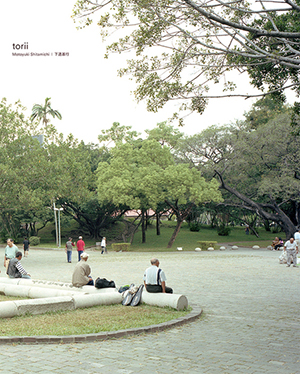
The photo book "torii" won the 1st "Tetsuken Heterotopia Literary Award"
This is one of Shitamichi Motoyuki's representative works, which depicts "a torii gate remaining outside Japan's borders."
SHITAMICHI Motoyuki
He graduated from the Department of Oil Painting, Faculty of Art and Design, Musashino Art University in 2001. He dropped out of the Graduate School of Tokyo College of Photography in 2003. He is known for his fieldwork-based creative activities, such as the "Shapes of War" series (2001-2005), which he spent four years researching and photographing the remains of military facilities in Japan, such as artillery batteries and fighter hangars, and the representative series "torii" (2006-2012), which photographed torii gates that remain as relics from Japan's colonial period in the United States, Taiwan, Russia, and Korea. His works are neither documents of landscapes nor archives of historical facts. He uses photographs, events, interviews, and other methods to edit stories that are buried in our lives and are about to be forgotten, or everyday things that are too trivial to be clearly conscious of, to make them visible and "re" present them as events that are still relevant to us today. He won the Newcomer Award at the 2012 Gwangju Biennale.
